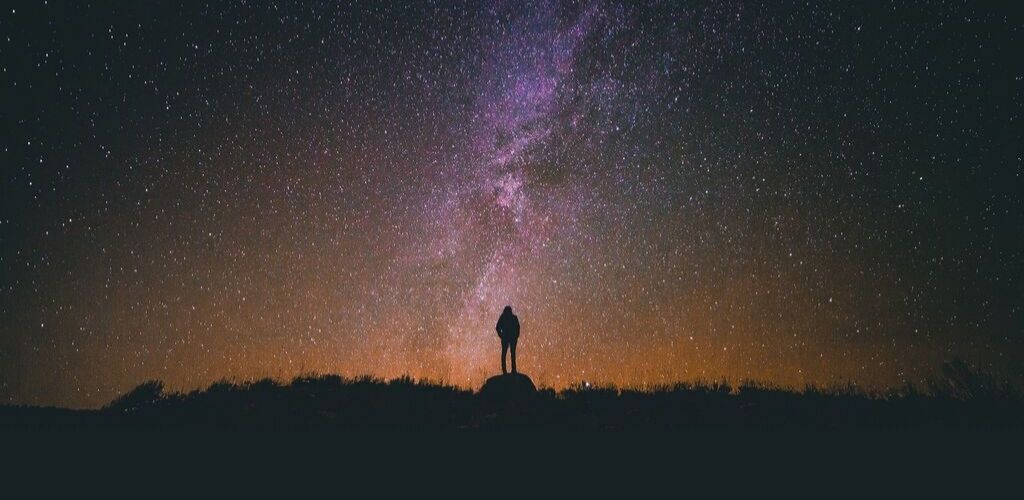
Here are some useful tips to make beautiful observations of the Moon with the naked eye, astronomy binoculars or telescope.
What will you see on the Moon ?
The Moon is the celestial object that is most familiar to us. We all know the different phases of the Moon, from the first crescent to the full moon, but where and when can we see them and what can we observe with astronomy binoculars or a telescope ?

The New Moon is the first phase of the lunar cycle. The Moon is not visible because of its location between the Sun and the Earth. As the Moon moves in its orbit around the Earth and as its apparent disk is more and more exposed to the rays of the sun, the illuminated surface of the Moon increases, as does the duration of its appearances in the night sky. It is interesting to watch the Moon as it reappears in the night sky just after sunset.
The next day, it is already easier to see, and during the following nights you may notice a phenomenon that is easy to observe with the naked eye, called “ash light”. This occurs when the dark part of the lunar disc glows faintly due to the reflection of the Earth’s light on the lunar surface. By pointing astronomy binoculars or a telescope towards the Moon, you will discover in the illuminated areas, but also in the areas which are less illuminated, all sorts of details difficult to guess with the naked eye. You can see craters and mountain ranges which shadows give you the impression of looking at a 3D image !

As the Moon grows, you will be able to observe its “seas”, the dark spots on its surface. By observing the contours of the Moon with astronomy binoculars or a telescope, you will notice their irregularity due to the cut-out profile of the mountains. Focus your lens on the terminator, the line of demarcation between the shadow and the light. Projected shadows are longer on the terminator. We can observe some of the most interesting luminous effects. The sharp walls of the craters project long shadows when their summits are in the light. Enjoy taking photos by attaching a camera to the eyepiece of your telescope. But if you want to get great pictures, you will need a DSLR camera and a adapter for your telescope.
How to observe the Moon with a telescope
- Align the Finderscope
- Choose an eyepiece
- Reduce glare
- Use the motorized system
- Focus on the terminator
- Locating lunar plateaus
First, make sure your Finderscope is aligned with the telescope tube so you can easily find the Moon when you have an eye in the eyepiece.
At the beginning of your observation, opt for a low magnification eyepiece to see the Moon in its entirety. You can then, if you wish, increase the magnification.
Adding a lunar filter is useful for dimming the Moon brightness, especially when it is almost Full Moon. This is a grey filter (with neutral density) that is screwed onto the telescope eyepiece.
If your telescope is equipped with a motorized system, turn it on. Otherwise, you will see the Moon move quickly in the eyepiece, especially at higher magnifications.
Point the eyepiece at the terminator, the line of demarcation between the shadow and the light on the lunar disc. Watch the sunlight illuminate the peaks of craters and mountains.
The lunar plateaus are very interesting to explore with a telescope, especially in the northern and southern regions of the Moon because they stand out clearly, even before the Full Moon.
The phases of the Moon
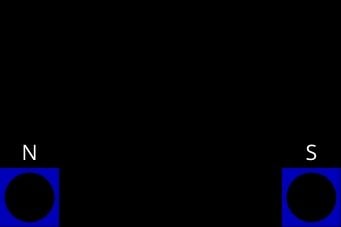
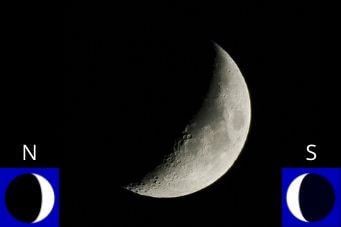
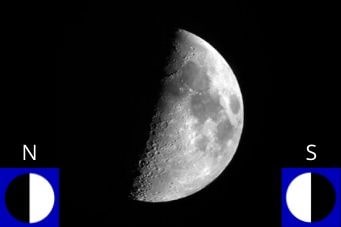
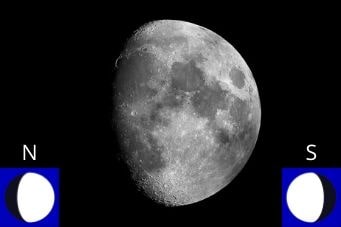
Photo : Luc Viatour
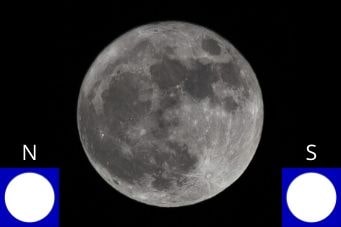
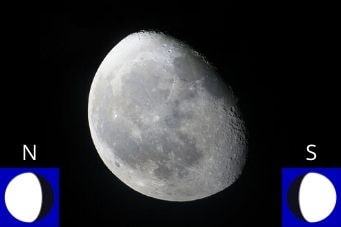
Photo : Thomas Bresson
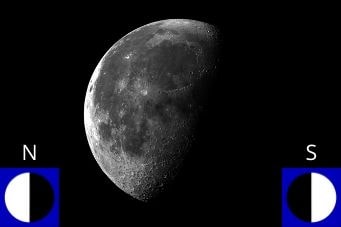
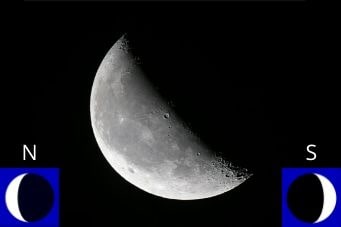
Photo : Thomas Bresson
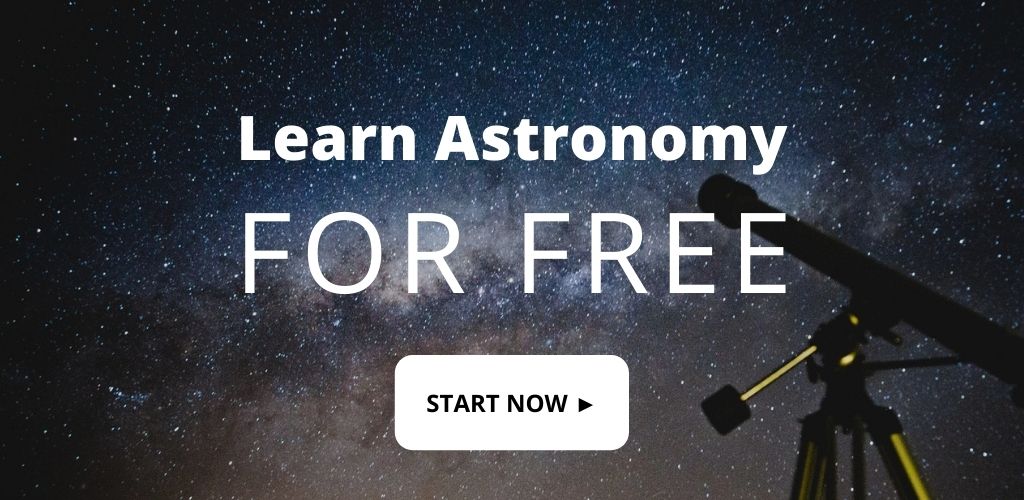
Image credits
- The Moon and the surface of the Moon : NASA
- Waxing crescent : Ian Kirk from Broadstone, Dorset, UK [CC BY 2.0 (https://creativecommons.org/licenses/by/2.0)]
- First quarter : Daniel Hershman from Federal Way, US [CC BY 2.0 (https://creativecommons.org/licenses/by/2.0)]
- Full Moon : Enceladus [CC0]
- Last quarter : Serge Meunier from Netherlands [CC BY 2.0 (https://creativecommons.org/licenses/by/2.0)]